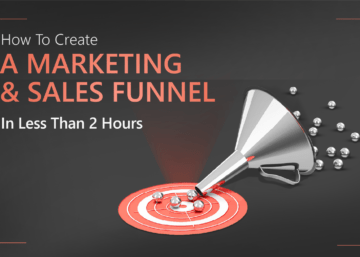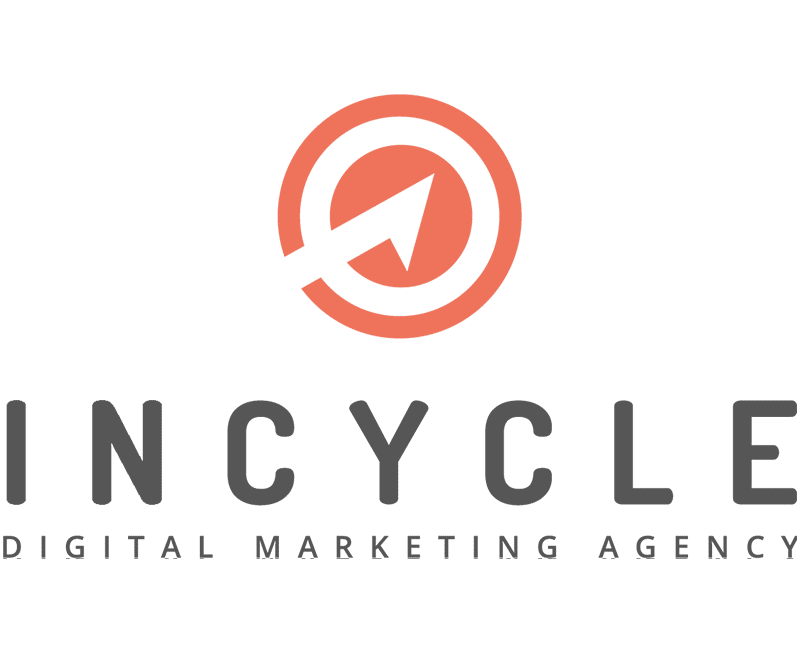SEO Results: The Definitive Guide
As a digital marketing company perhaps there is no question we get asked more than, “How long can it take me to get rated #1 for my keywords?” The answer isn’t easy, because the question itself is misguided. The question comes from an understanding of SEO, which was once the fact, however no longer is.
New SEO vs. Old SEO
 A long time ago, the strategy was to recognise those keywords that were the most relevant to your enterprise, got the most traffic, and weren’t very aggressive. You would find the 5-10 keywords that were your best drivers of traffic and could bring in nearly all your visitors.
A long time ago, the strategy was to recognise those keywords that were the most relevant to your enterprise, got the most traffic, and weren’t very aggressive. You would find the 5-10 keywords that were your best drivers of traffic and could bring in nearly all your visitors.
That keyword strategy isn’t right, because using rarer and rarer exceptions, there is not any 1 keyword, and no little group of keywords, that will drive a great deal of traffic to your site, at least not compared to what you can gain from the long tail of search.
The most important thing is that if you are focusing on a small set of generic keywords, you’re probably not visible in search by most of the people that are searching.
SEO now is increasingly driven by natural language research; that is, people doing searches that are more like ordinary questions than a couple of key words. This is happening because people are using tools like Siri and Google Today to speak their searches, instead of typing them in. And because individuals are including more detail within their typed searches as they look to find what they’re after, faster.
Keywords like these are much easier to rank for because they’re less competitive. They are much more important because they comprise more detail, and therefore, visitors from these types of key words convert at a higher rate.
To summarise, the amount of searches in the very long tail adds up to many more searches than you’d get from your “golden keywords.” Thus the purpose, when it comes to ranking, is not to rank for a couple of top keywords that are typically high volume but to focus on a much larger quantity of natural language hunts that is growing and changing rapidly.
Rankings Aren’t As Important As You May Think
Rankings matter. But they’re not exactly the metric you ought to be focusing on. In case, by asking, “How long can SEO take to begin working?” you mean, “How long will it be before I get top ranks?” Then you’re mistaking outputs for outcomes. Getting positions is an output SEO companies can easily sell since they are emotionally satisfying, but they are useless unless they generate leads or sales; the outcome you desire. That is the reason you need only to hire SEO companies or SEO professionals that focus on results, rather than outputs.
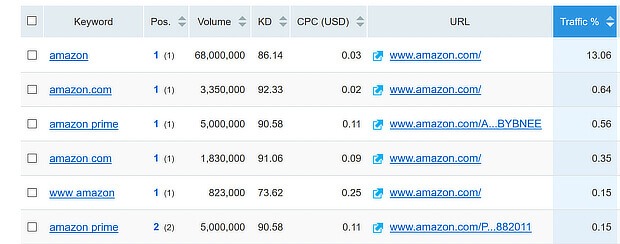
Now you know how SEO has shifted, and you want prospects and earnings from your search engine optimisation company rather than just ranks, the question you need to really be asking is, “How long until SEO starts to begin generating leads and sales?”
Now we’re prepared to answer the right question. And the answer is… it depends. Frustrating, is not it? Nevertheless, it’s the truth. What exactly does it rely on? It is dependent upon how long your site has existed, just how much SEO has been done on it what shape the website is in, just how much content is about it, its own link profile, and lots of other SEO factors (see infographic below).
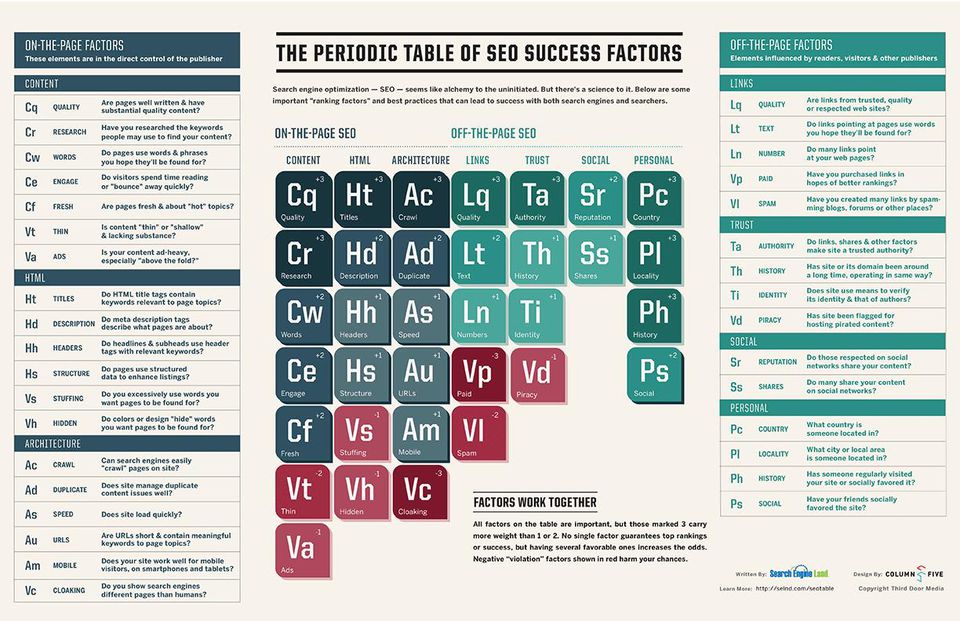
No two websites are starting from precisely the same spot, even if they’re in the same business and competing for the very same clients. Nevertheless, here’s a plausible scenario for what your SEO efforts might seem like during the initial months, and the results that you might expect.
Month 1
If research and discovery can be carried out quickly, then technological changes may begin being made to the website within the first month. In other circumstances, a thorough discovery and research phase can last more than one month.
Month 2
Begin technical SEO work, that is, making alterations to the website based on website audit success. Sometimes the site has to be overhauled, and this itself can take months. Other search engine optimisation tasks like working on the hyperlink profile and building content can be done at the same time that the overhaul is happening. If you discover yourself in this overall scenario, you’ll be doing “SEO,” but you still won’t be seeing any results in any way, since the changes being made will probably just begin to get an impact as soon as they’re completed.
Month 3
Start focusing on material creation. Blogging, FAQs, white papers, articles, expanded product and business information, etc… Ideally, you would have started on this shortly after the planning and strategy, but often budgets limit what can be done at once, and thus a technical overhaul should come first. This being the case, you might begin seeing some improvements in rankings by the end of the month. If those rankings are translating into leads or sales then great, but you would not necessarily expect them yet.
Month 4
Continued content generation, technical optimisation of the website, and growth of a wholesome hyperlink profile (which may include cleaning up low-quality links). By this month you might expect to find a marked increase in traffic and lead generation. It will not be anywhere close to the improvements you should 12 months to your SEO efforts, but it ought to be important enough that you know SEO is working.
Month 5
With this month or maybe earlier in the procedure you may have begun incorporating social media marketing in your strategy to amplify your content and increase direct visitors to your site. This can lead to a healthy, natural hyperlink profile, and of course, create leads in and of itself. You would continue with content production and perhaps engage in some PR or media outreach. You need to be seeing an increasing volume of traffic coming in from SEO at this point, and your prospects should be rising as an outcome.
Month 6
If your visitors have reached 5,000 visitors per month or more by this time, you could benefit from adding conversion rate optimisation to your efforts to improve the method by which the traffic you are getting converts into leads and/or sales. From this point on, your actions may be consistently focused on content production and promoting that content, or you may be doing things which are more imaginative. The particular activities may vary greatly depending on which type of company you are and what sort of site you have.
Many search engine optimisation companies will tell you that it takes 4 to 6 months to start seeing results. That’s generally accurate, but bear in mind this is when you start seeing results, and SEO results increase over time. At some point, you might see your results taper off; then it may be an issue of keeping results instead of growing them.
There’s no magic bullet for SEO since it takes time, planning, and readjusting to achieve and maintain the position, ROI and traffic results you would like to achieve. If you’re searching for speedy results, those strategies will end up hurting you in the long term, especially since Google now becomes automatically suspicious of any website that has a sudden increase in ranking, instinctively supposing black hat strategies are being used.
When planning for a better acting and higher ranking website, it’s ideal to consider long-term, even in the event that you’ll have to wait a while to realise the results you desire.
Authority and Age
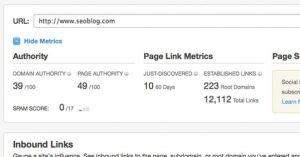 Although Matt Cutts, Google Engineer, says domain age has little to do with the ranking procedure, there are many conclusive case studies proving aged domains benefit from SEO quicker than newer domains.
Although Matt Cutts, Google Engineer, says domain age has little to do with the ranking procedure, there are many conclusive case studies proving aged domains benefit from SEO quicker than newer domains.
Cutts states, “The difference between a domain that’s six months old vs. one year old is really not that large in any way. Provided that you’ve been in existence for at least a couple of months, you need to be able to make sure you could appear in search results.”
But, new websites and domain names generally take much more time to produce results than older websites because of the number of backlinks; hence, contributing to this truth that elderly websites are more reliable. Launched sites have a greater backlink portfolio, which is why it often takes some time to rank over your competitors. Many attempt to locate a quick remedy for this issue with paid links, which at one time produced quick results, but they’re now regarded as a deceptive form of SEO. Additionally, as long as it’s authoritative, the older your domain, the more link juice it will create with each passing year, so give it more time.
Another issue that comes into play when seeking to achieve a better position is repairing the damage that’s been done, such as SEO errors, unreliable website hosting, and Google penalties. However, be aware Google doesn’t index all of the changes at the same time, so, you could see an increase quickly in some aspects but perhaps not in all.
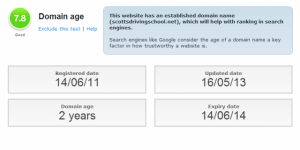 “If you make modifications to your site, you’re at the mercy of the Google crawlers to detect these changes and make the changes in the total search index,” says online marketing adviser, Eric Sornoso. “Occasionally, it takes multiple passes, particularly for removed pages.”
“If you make modifications to your site, you’re at the mercy of the Google crawlers to detect these changes and make the changes in the total search index,” says online marketing adviser, Eric Sornoso. “Occasionally, it takes multiple passes, particularly for removed pages.”
Other common problems to solve involve fixing crawling and robots.txt problems. Most of the time, you’ll start to see results rather quickly after solving the problems, but not always. By way of example, if you’ve upgraded a few links on a sitemap, you may see results within a week; however, if you have updated numerous links, it might take a couple of weeks. Also, older websites have a tendency to update faster, especially when there are far more inbound links than newer sites using fewer links.
SEO Friendly Design, Structure, and Architecture
 A massive component to website traffic and ranking also involves your site’s layout, CMS system, and URL structure, which are all areas of concern because they may drop your page ranking.
A massive component to website traffic and ranking also involves your site’s layout, CMS system, and URL structure, which are all areas of concern because they may drop your page ranking.
You wish to ensure your website’s structure, and URL structure supports appropriate optimisation to get a top ranking. This also involves choosing the right CMS that is search engine friendly also provides enhanced SEO capabilities.
Choosing the correct responsive design for mobile is critical since over half of internet searches originate from mobile devices; therefore, you must spend time ensuring both desktop and mobile optimisation requirements are met.
Plus, more than 90% of internet users say they use numerous device screens. By having a responsive design, you’ll ensure that your website works properly on all devices, no matter the screen size.
“Responsive design is great for SEO since it lets you leverage the search engine optimisation value which you have already developed in your desktop webpages to improve cellular rankings too.”
You will also have to factor in different areas that need modifications, such as large CSS and javascript files, which can be linked to external documents. However, as soon as each these issues are solved and your website is structurally sound, you will notice a slow but continuous growth in position.
Keyword Targeting and Competitor Analysis
Too often, analysing competitors is underestimated. You can find out a lot by analysing your competitors, especially if they dominate the search outcome. You can’t steal their secrets, but rather learn invaluable tools to incorporate into your SEO strategy to achieve a higher ranking faster, such as keywords, identifying patterns, and also implementing new practices you’ve yet to try. Analyzing your competitors will also help you target better keywords related to your industry.
Content Plan
 According to Kapost, people who have a content marketing strategy in place will see as much as an 8% increase in traffic. In most cases, we see much bigger gains in visitors.
According to Kapost, people who have a content marketing strategy in place will see as much as an 8% increase in traffic. In most cases, we see much bigger gains in visitors.
Most of us know that quality content reigns king for generating SEO results; thus, you want to devote a lot of time creating a content strategy and implementing it efficiently.
If your website doesn’t include relevant and authoritative content, you get a steep hill ahead of you as you’ll want to repair the content on your website. Then, concentrate on creating extra articles to further your strategy.
This isn’t an overnight fix by any means, and it will take months to find the full results, but as soon as the results do roll in, they will be long-term.
If you’re expecting to see results a bit faster, check your search-engine optimisation. This is usually one of the very first things people address in SEO. Get this done fast, and it could shorten how long SEO requires to create results.
Your off-page optimisation takes a little bit longer to build outcomes as you will need to connect to authoritative websites; consequently, assisting you to build your link portfolio by encouraging other websites to link back. Just be sure you aren’t spamming or you are going to be penalised.
Building Links
Link construction is a very time-consuming challenge that may find a bit tricky. Nonetheless, it is an essential element for Google algorithms. Steer clear of all black hat tactics when link building because a Google penalty is an expensive mistake to repair. The best approach to grow links is to develop engaging and quality content regularly.
Use social network advertising to promote the content to encourage shares and audience participation. To take advantage of your time and effort, start looking for further ways to repurpose your material, which will provide you more time to concentrate on other locations, and further boost your SEO success.
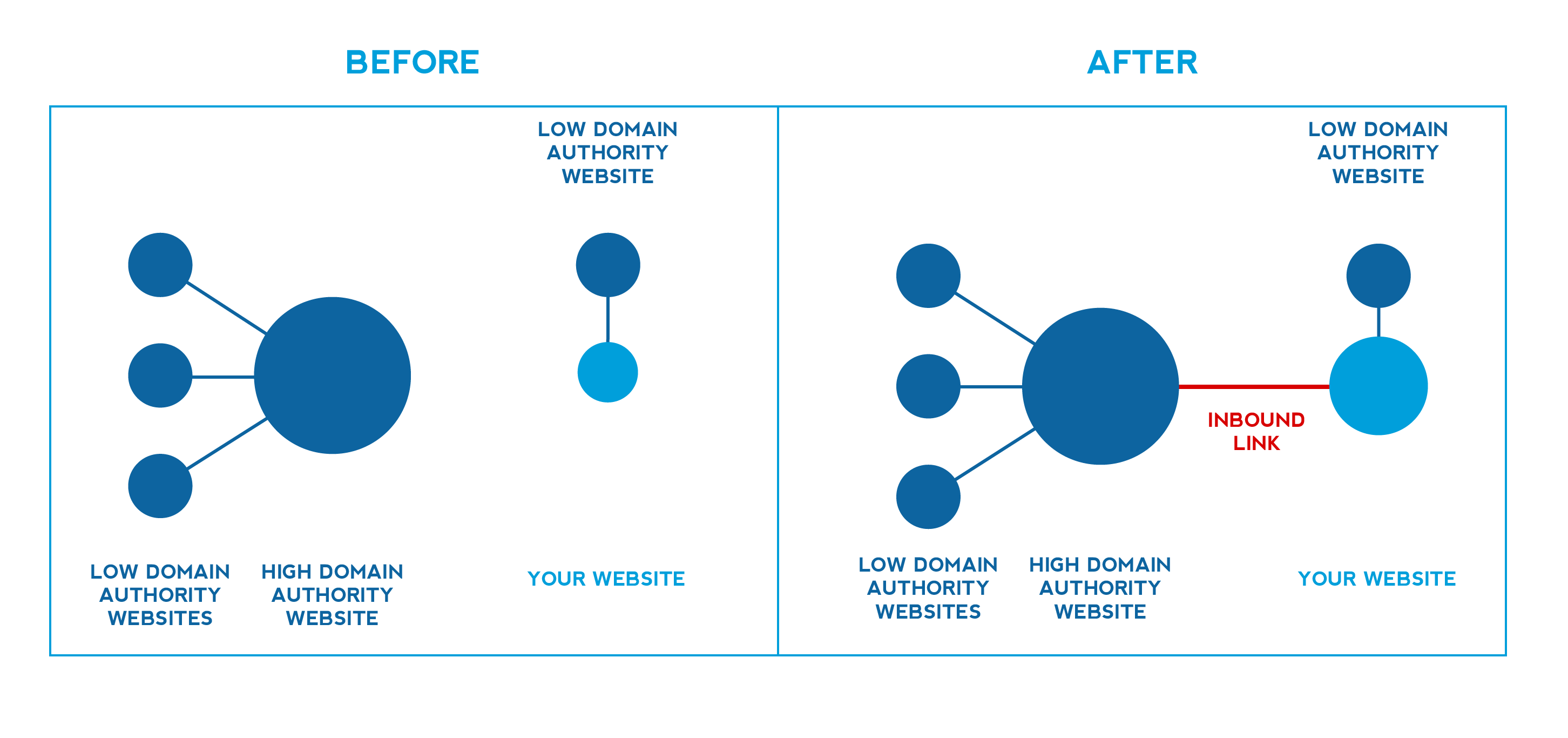
Unfortunately, there is absolutely no definitive answer to how long SEO results will appear as nobody controls the search engines and requirements are constantly changing. Additionally, every site is different. You just can not measure in hours, days, weeks, or even months how long SEO will take, nor can you assess the number of hours you need to spend working on it.
There’s not any quick fix for website rankings. You will have to spend a decent quantity of time working on your SEO strategy, but the effort will slowly but surely pay off.
Don’t Quit Too Soon
Success by any standard infrequently comes within the first 3 weeks, in spite of a healthy SEO budget. We’ve seen companies get started the correct way, but quit after 2 to 3 months and then say, “We just were not getting the results we had to justify the price.” This tells us they went to the practice with unrealistic expectations.
If you can’t pay for 6 to 12 weeks of SEO, you might be better off putting that budget someplace else. Paying for only a couple of months of SEO is, often, no greater than throwing your cash down the drain. Search engine optimisation is a long-term marketing tactic, and should not be regarded as a means to create revenue quickly. But if you make the correct investment, and also intend on being in it for the long haul, SEO is a promotion strategy with one of the best ROIs out there.
Create the platform for the next 12 month’s of growth for your business. Speak with one of our SEO specialists today.


